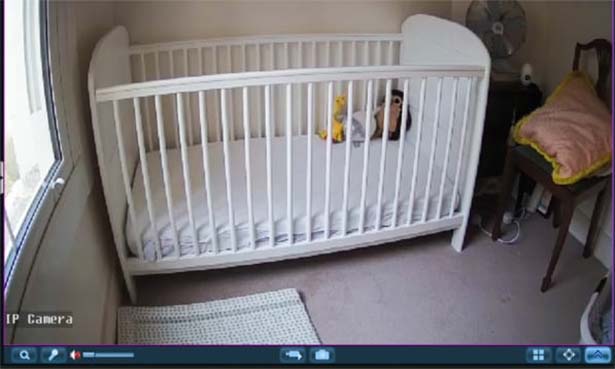Ransomware Groups’ Data Leak Blogs Lie: Stop Trusting Them
Fraud Management & Cybercrime
,
Ransomware

Ransomware gangs are not reliable sources of information. Groups that run data leak blogs – and not all do – use them to pressure new and future victims into paying for the promise of either a decryptor or a pledge to delete stolen data.
The number of victims that end up on a data leak site is inherently incomplete. Victims who pay a ransom quickly don’t get posted; criminals don’t publish these numbers. In addition, “some groups post more of their nonpaying victims than others,” and it’s often not clear why, said Brett Callow, a threat analyst at Emsisoft.
As a result, relying on data leak blogs to build a picture of attack volume can lead to wildly inaccurate results, not only about victim count but about the impact of any given attack. Unfortunately, some cybersecurity organizations, often aided and abetted by us in the media, regularly track fresh victims claimed by ransomware groups via their Tor-based data leak blogs, aka “name and shame” sites.
“Relying on shame blogs is the last thing we should do while assessing a group threat,” said Yelisey Bohuslavskiy, chief research officer at RedSense. “Blogs reflect how often extortion fails, and the victim decides to show the criminals a middle finger. Often, the fewer victims are on the blogs, the more successful the group…




